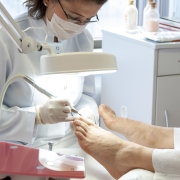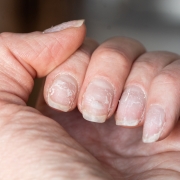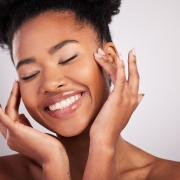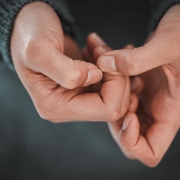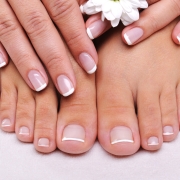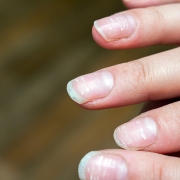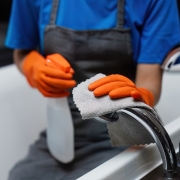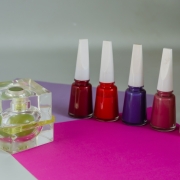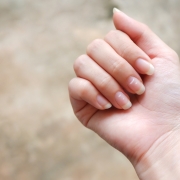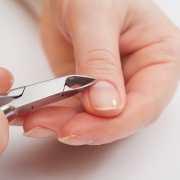Why Nail Care Matters
Healthy nails play an often overlooked yet significant role in our social interactions and overall confidence. Whether we’re meeting new people, engaging in professional settings, or simply enjoying time with friends and family, the state of our nails can impact how we are perceived and how we feel about ourselves. This article explores the connection between healthy nails and socializing, emphasizing why nail care is essential for personal and social well-being.
The Social Significance of Healthy Nails
First Impressions
First impressions are crucial in social interactions, and our hands are often one of the first things people notice. Healthy, well-groomed nails contribute to a positive first impression by signaling attention to personal hygiene and self-care. Conversely, neglected nails can suggest a lack of concern for one’s appearance, potentially affecting social and professional opportunities.
Confidence Boost
Well-maintained nails can boost self-esteem and confidence. Knowing that your nails look good can make you feel more poised and self-assured in social situations, from job interviews and business meetings to dates and social gatherings. Confidence can significantly enhance social interactions, making it easier to engage with others and leave a lasting positive impression.
Non-Verbal Communication
Our hands play a vital role in non-verbal communication. Gestures, handshakes, and the way we use our hands while talking can convey confidence, openness, and professionalism. Healthy nails ensure that these non-verbal cues are complemented by a well-groomed appearance, reinforcing positive perceptions and effective communication.
Psychological Benefits of Healthy Nails
Reduced Anxiety
Taking the time to care for your nails can be a therapeutic activity that reduces stress and anxiety. The process of grooming nails can be calming, providing a sense of accomplishment and self-satisfaction. These feelings can translate into reduced anxiety in social settings, where self-consciousness about one’s appearance can often exacerbate stress.
Enhanced Mood
Engaging in self-care practices like nail maintenance can boost mood and overall mental well-being. The act of caring for oneself fosters a positive self-image and self-worth, contributing to a happier and more positive outlook on social interactions and life in general.
Nail Health and Professionalism
Workplace Perceptions
In professional settings, appearance matters. Healthy, well-groomed nails can enhance perceptions of professionalism and competence. Whether you’re shaking hands with a client, presenting in a meeting, or typing on a keyboard, having neat and clean nails shows attention to detail and personal pride, traits that are valued in the workplace.
Networking
Networking often involves close, personal interactions where details like nail health can be noticed. Well-maintained nails can add to a polished look, making you feel more confident when meeting new contacts and building professional relationships.
Common Nail Problems and Their Social Impact
Nail Biting
Nail biting can be perceived as a nervous habit and may negatively impact social interactions by suggesting anxiety or lack of self-control. Breaking the habit can improve the appearance of nails and contribute to a more confident and composed demeanor.
Discoloration and Damage
Discolored or damaged nails can draw unwanted attention and make social interactions uncomfortable. Addressing underlying causes and practicing good nail care can improve nail health and the confidence to engage freely in social activities.
Fungal Infections
Nail fungal infections can cause embarrassment due to their appearance and odor. Seeking treatment and maintaining good nail hygiene can help resolve these issues, leading to healthier nails and more comfortable social interactions.
Tips for Maintaining Healthy Nails
Regular Nail Care
Trimming and Filing: Keep nails trimmed and filed to prevent breakage and maintain a neat appearance.
Moisturizing: Use hand and nail moisturizers to keep nails and cuticles hydrated.
Healthy Lifestyle Choices
Balanced Diet: Consume a diet rich in vitamins and minerals, particularly biotin, vitamin E, iron, and zinc, to support nail health.
Hydration: Drink plenty of water to keep nails hydrated and strong.
Professional Nail Care
Regular Manicures: Professional manicures can help maintain nail health and address any issues early.
Avoid Harmful Practices: Limit the use of nail hardeners and avoid aggressive nail treatments that can damage the nail bed.
Protection and Prevention
Protective Gloves: Wear gloves when doing household chores or working with harsh chemicals to protect your nails.
Avoid Biting: Find alternatives to nail biting, such as stress-relief techniques or using a bitter-tasting nail polish.
Conclusion
The connection between healthy nails and socializing is profound, affecting everything from first impressions to personal confidence and professional perceptions. By prioritizing nail health through regular care, a balanced diet, and healthy lifestyle choices, individuals can enhance their social interactions and overall well-being.



